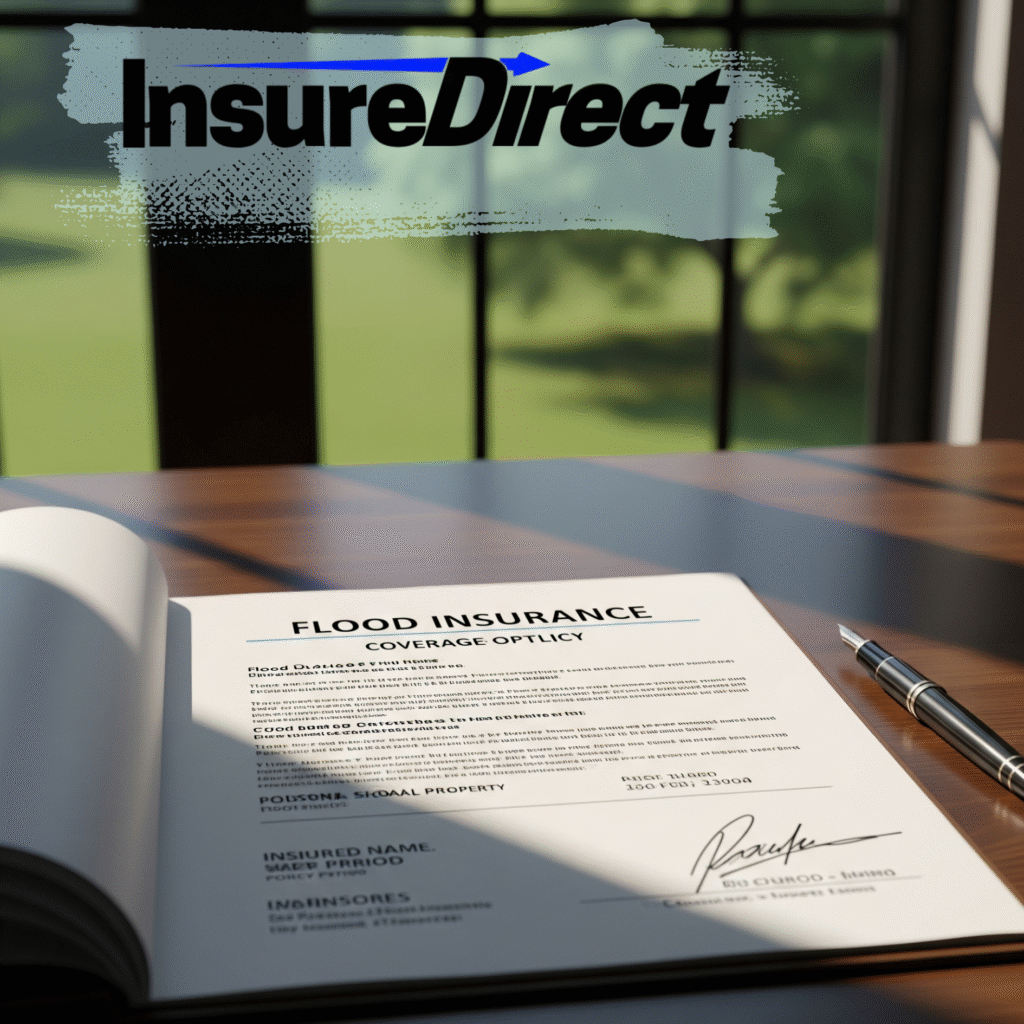Floods are among the most common and costly natural disasters in the world, and their effects can be devastating—both emotionally and financially. While many homeowners assume their standard insurance will cover water damage, flood-related destruction typically requires a separate policy. Whether you’re a first-time buyer or reevaluating your current coverage, these expert tips on flood insurance will help you make smarter, more informed decisions.
1. Understand What Flood Insurance Actually Covers
One of the most important tips is knowing what flood insurance does and doesn’t cover. Typically, a flood insurance policy through the National Flood Insurance Program (NFIP) or private insurer will cover:
Structural damage to your home
Electrical and plumbing systems
Appliances (refrigerators, stoves, water heaters)
Permanently installed carpets and flooring
Foundation walls, staircases, and support systems
However, personal belongings like furniture, electronics, or clothing often require additional coverage or a separate contents policy. And loss of use, or temporary housing during repairs, is usually not covered, unless you have supplemental insurance.
2. Don’t Wait Until a Storm Is Coming
You can’t buy flood insurance at the last minute. Most policies have a 30-day waiting period before coverage takes effect. This means if a hurricane is forecasted to hit your area next week, buying a policy today won’t help you.
Planning ahead is crucial. Purchase your policy well before flood season or any anticipated weather events.
3. Know Your Flood Zone and Risk Level
Many people assume flood insurance is only necessary if you live in a high-risk area—but floods can happen anywhere. According to FEMA, more than 20% of flood claims come from properties outside high-risk flood zones.
You can look up your flood zone using FEMA’s Flood Map Service Center or consult your insurance agent. If you’re in a moderate-to-low risk area, you might qualify for a Preferred Risk Policy, which offers lower premiums.
4. Compare NFIP vs. Private Flood Insurance
There are two main options for flood insurance:
NFIP (National Flood Insurance Program): Government-backed, standardized coverage limits (up to $250,000 for home and $100,000 for contents).
Private Flood Insurance: Offered by independent companies, often with higher coverage limits, shorter waiting periods, and more flexible terms.
If your home’s value exceeds NFIP’s cap, or if you need business interruption or basement coverage, private insurance may be the better option.
5. Understand Basement Coverage Limitations
Flood insurance typically provides limited or no coverage for items in basements. This can be surprising to many homeowners.
While structural elements like walls and staircases are usually included, personal belongings such as TVs, sofas, or carpeting in basements may not be covered. If you have a finished basement, be sure to discuss this with your provider and see if additional coverage is available.
6. Document Your Home and Possessions
Having clear records before a disaster strikes can make filing a claim much smoother. Here’s how:
Take photos or videos of each room, especially high-value items.
Keep a written inventory with brand names, models, and purchase dates.
Store documents digitally or in a waterproof/fireproof container.
These records will help speed up the claims process and ensure you’re properly compensated.
7. Consider Elevating Your Home or Systems
If you’re in a high-risk area or have experienced flooding before, you might qualify for insurance discounts by elevating your property or critical systems, like HVAC units and electrical panels. Not only does this reduce your flood risk, but it can also lower your premium over time.
Some homeowners even consider wet floodproofing (using water-resistant materials) or dry floodproofing (installing barriers and pumps) to protect their home and reduce insurance costs.
8. Review and Update Your Policy Annually
Just because you have flood insurance doesn’t mean you’re always protected. Changes in:
Flood zone maps
Home renovations
Valuables or assets
Policy limits
…may require you to update or adjust your coverage. Set a reminder to review your policy at least once a year, preferably before flood season.
9. Bundle or Compare for Better Pricing
If you’re working with an independent insurance agent, ask about bundling flood insurance with homeowners, renters, or auto policies. Sometimes, multi-policy discounts can bring your total premiums down.
Also, shop around! Private flood insurance companies can vary widely in terms of price and coverage. Even if you’ve had NFIP for years, comparing other options may save you money and improve your protection.
10. Know the Claims Process Ahead of Time
Understanding how the claims process works before a flood occurs will help you stay calm and organized if the worst happens.
Know how to file a claim (online, app, or phone).
Be aware of what documentation is required.
Keep the contact info of your agent handy.
Understand what repairs or replacements are reimbursed.
Having this knowledge in advance means you’re not scrambling for answers during a stressful time.
Final Thoughts
Flood insurance is more than a piece of paper—it’s peace of mind. With climate change causing more frequent and unpredictable weather events, being proactive about your coverage is no longer optional.
Follow these tips to make sure you’re prepared, protected, and properly insured. Whether you live on the coast or in the mountains, floods don’t discriminate—and neither should your insurance.

